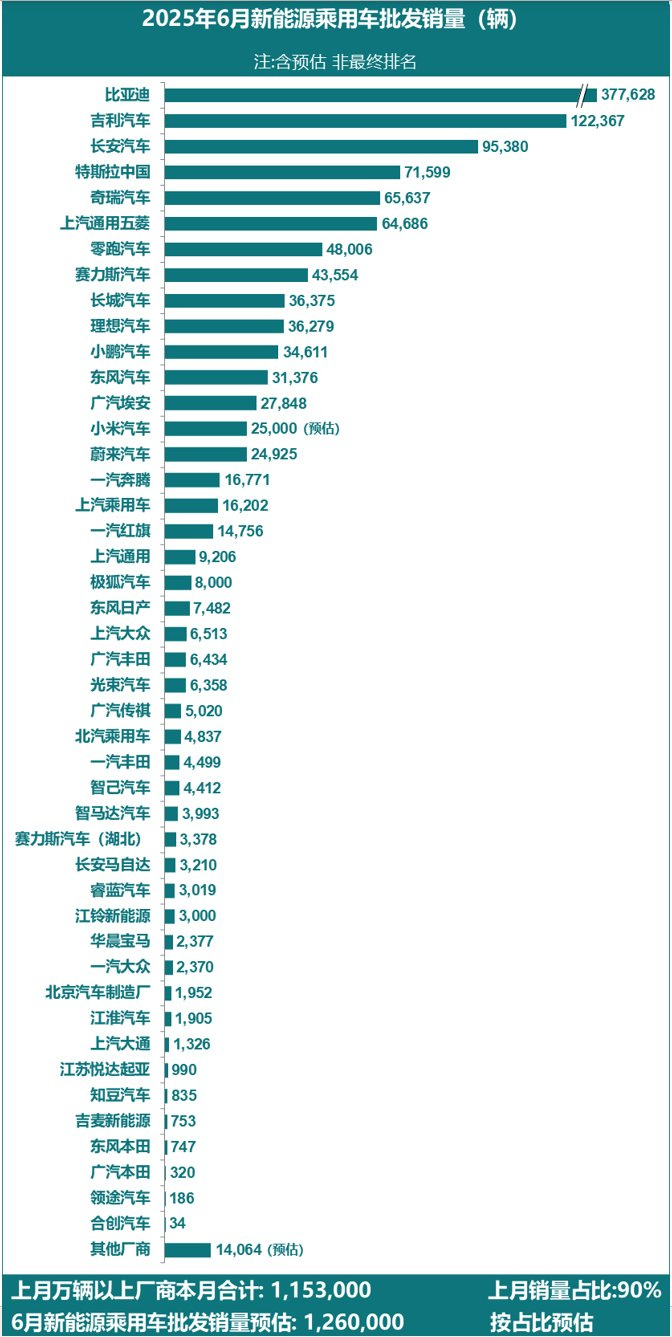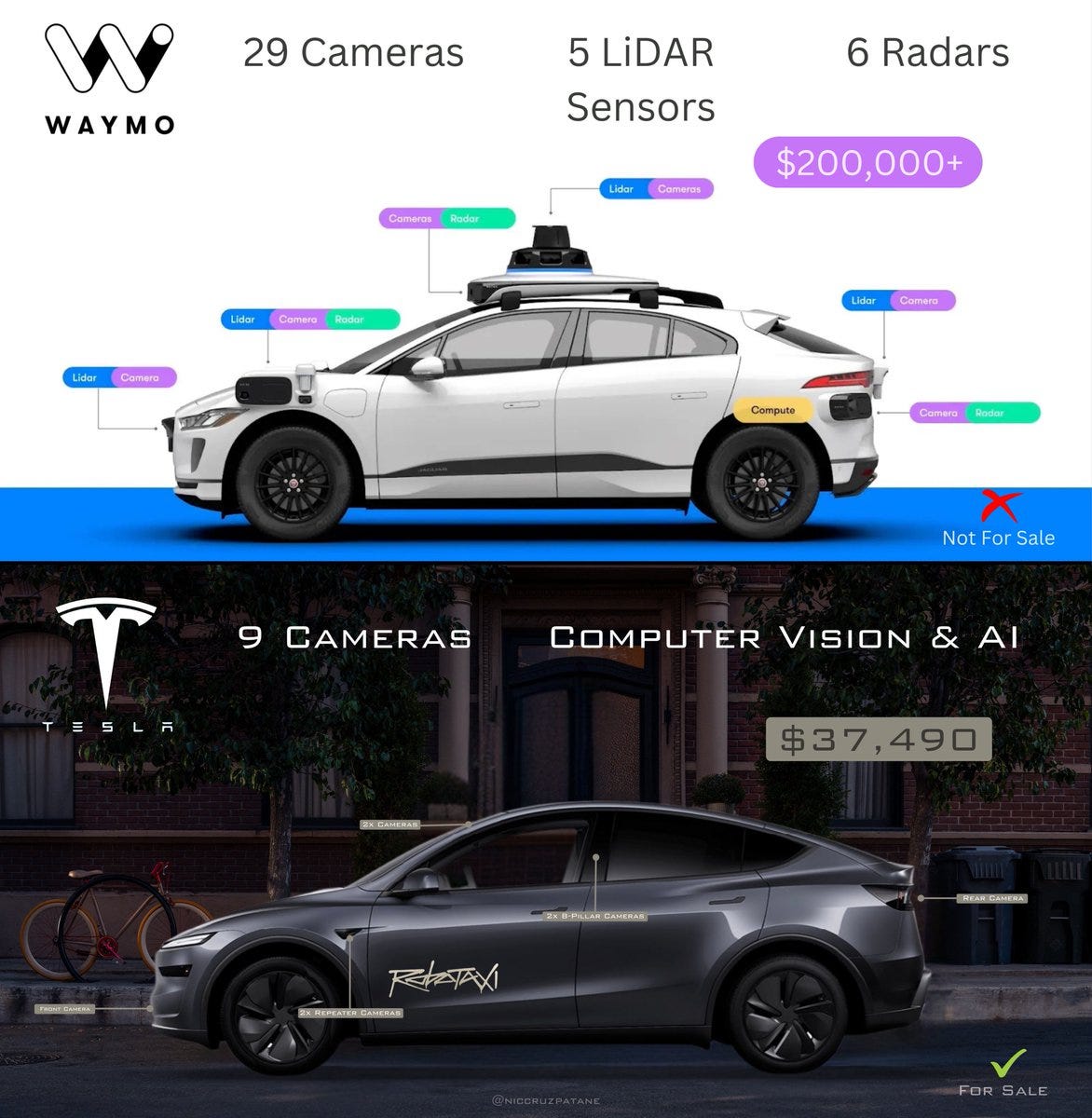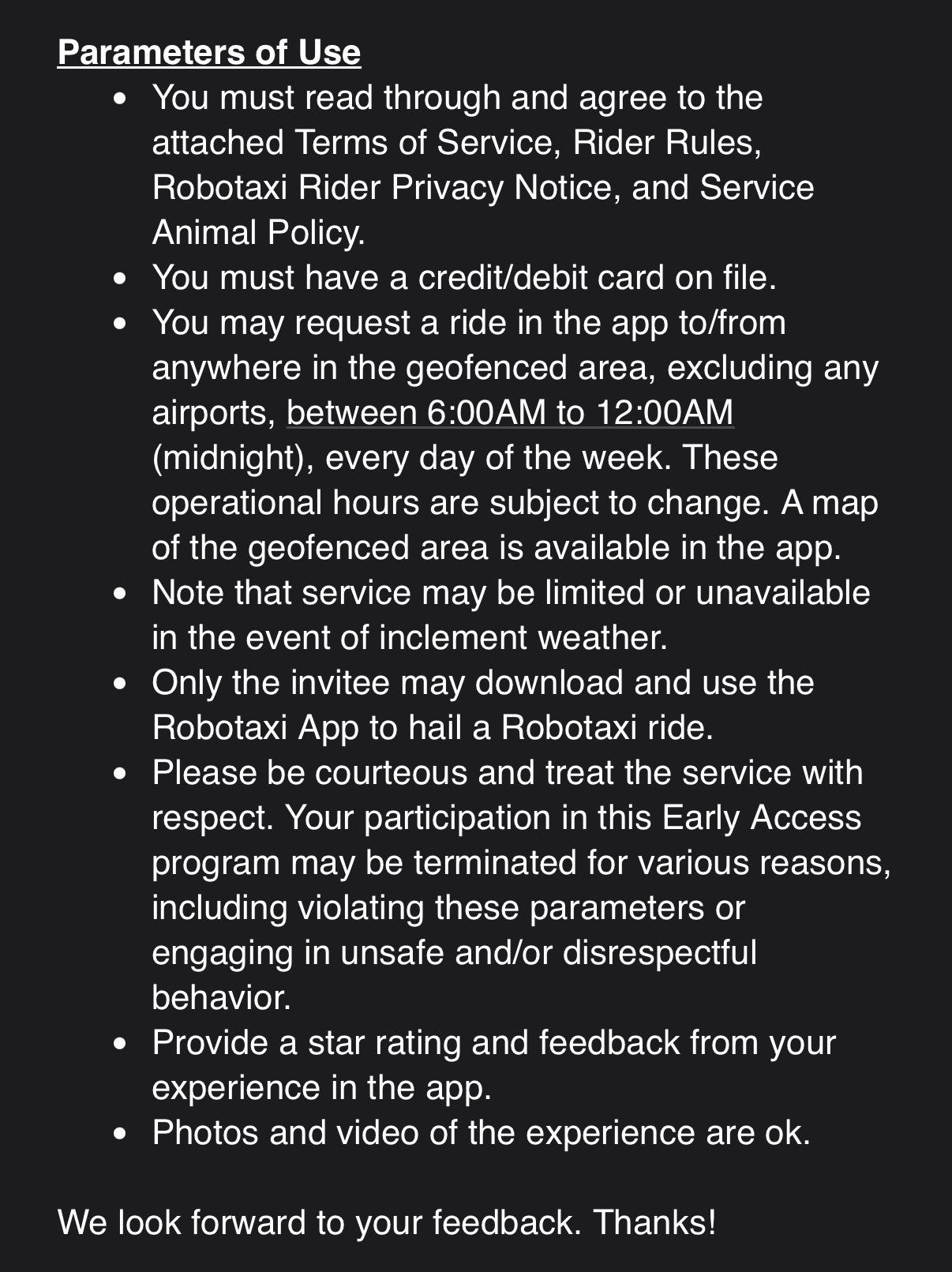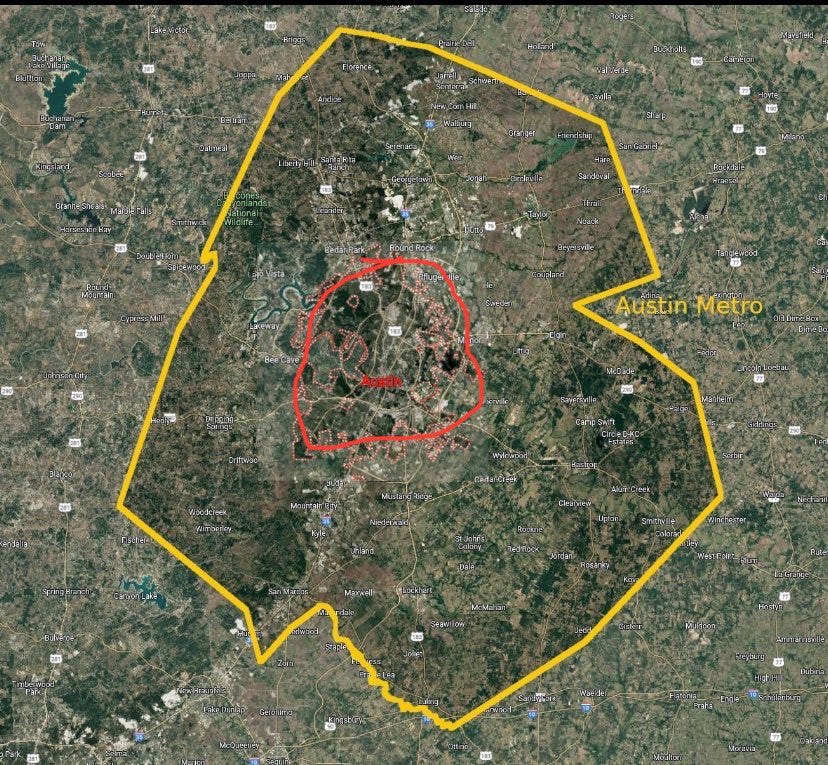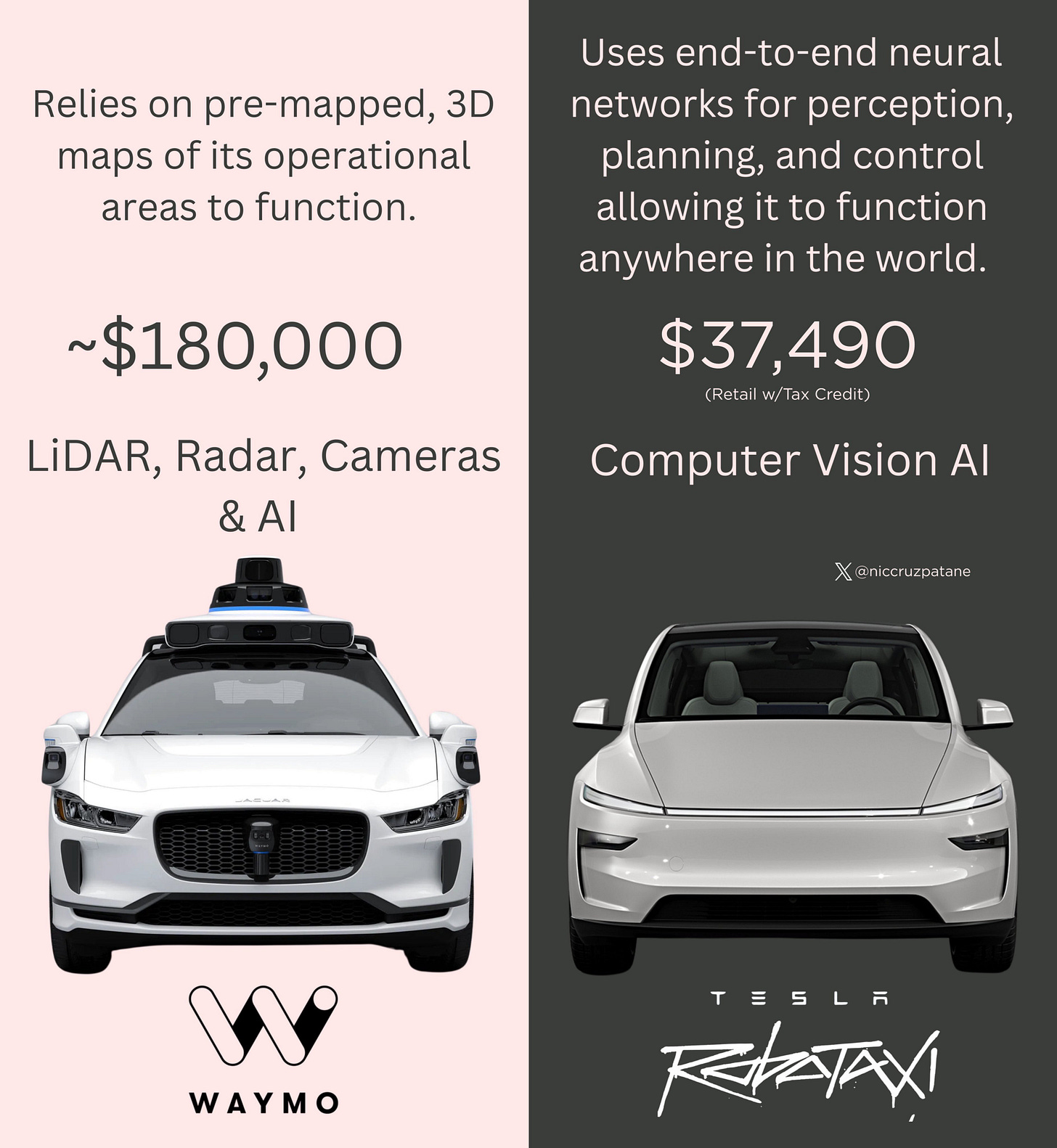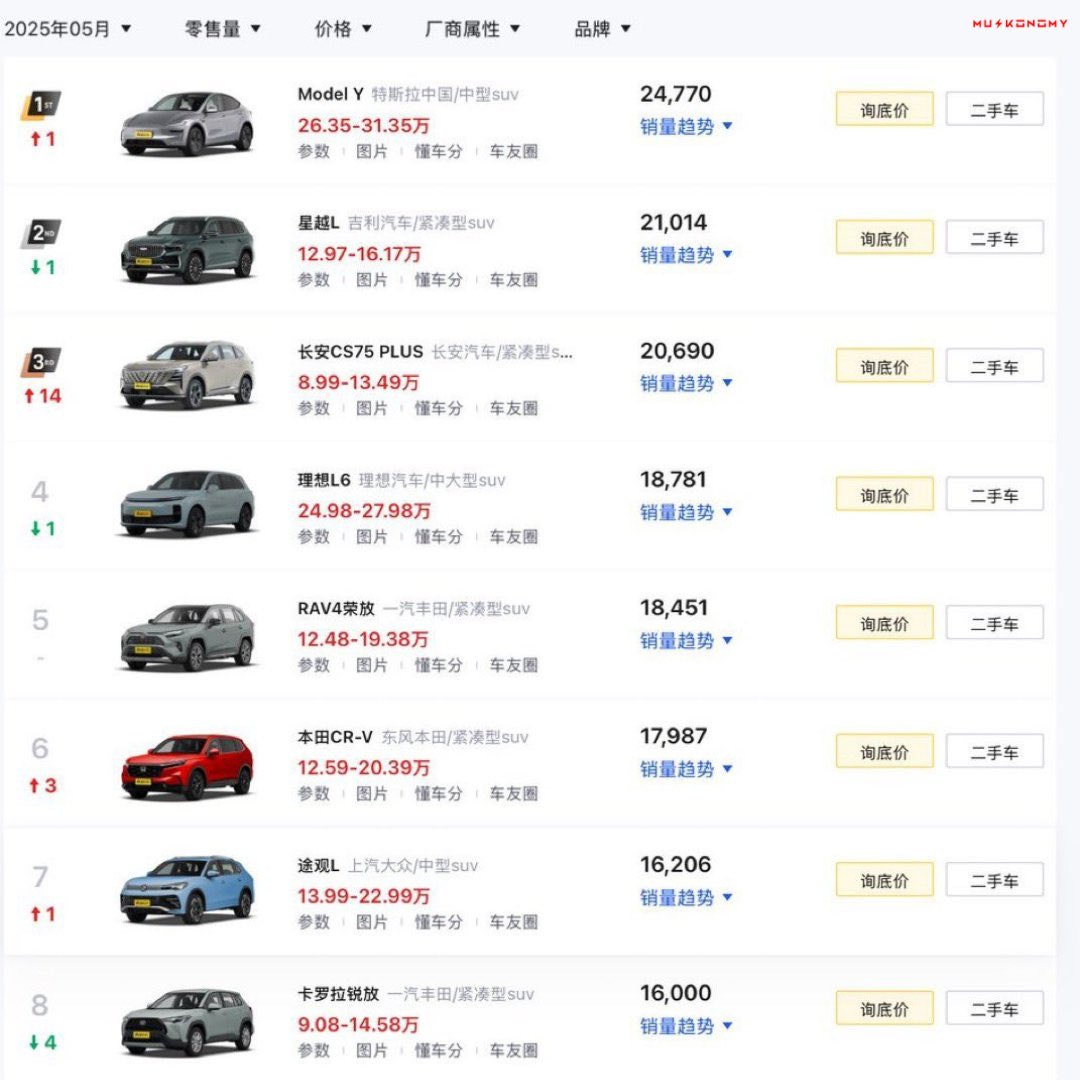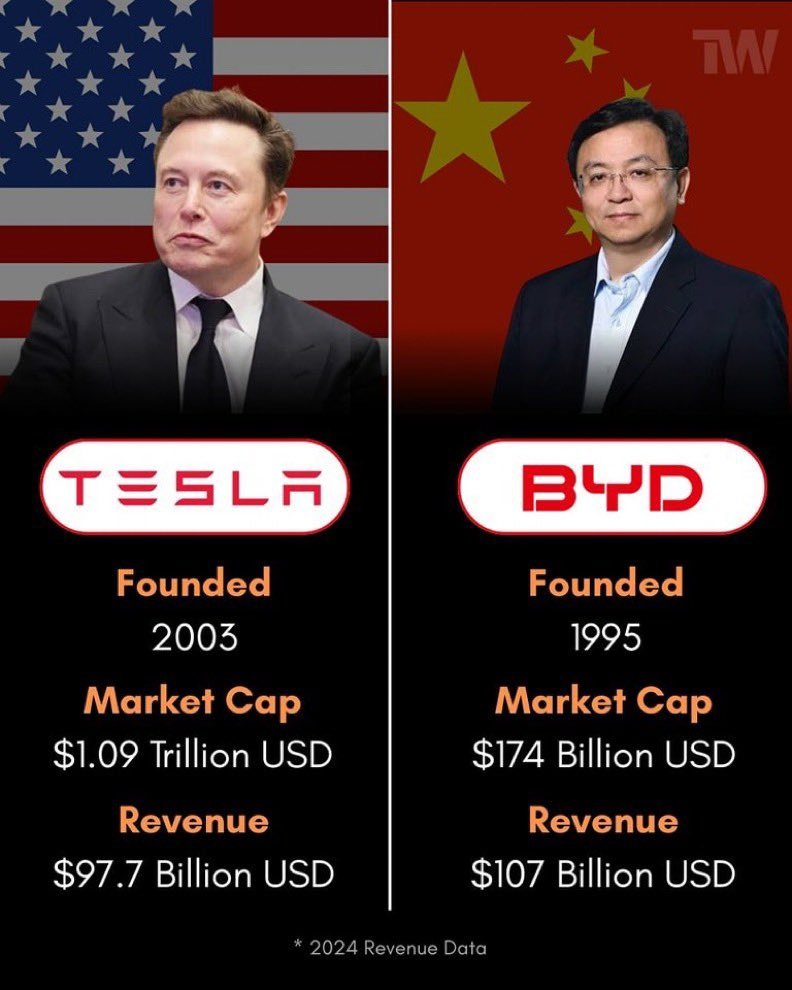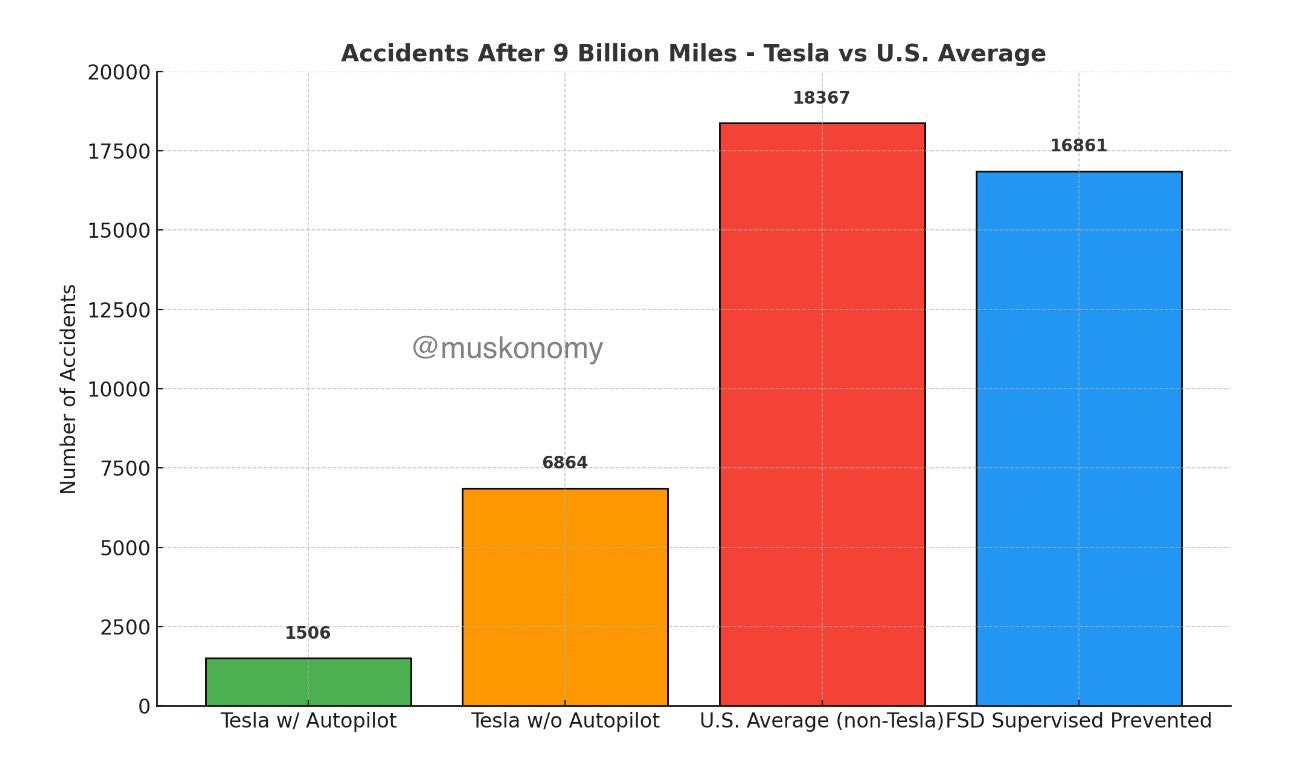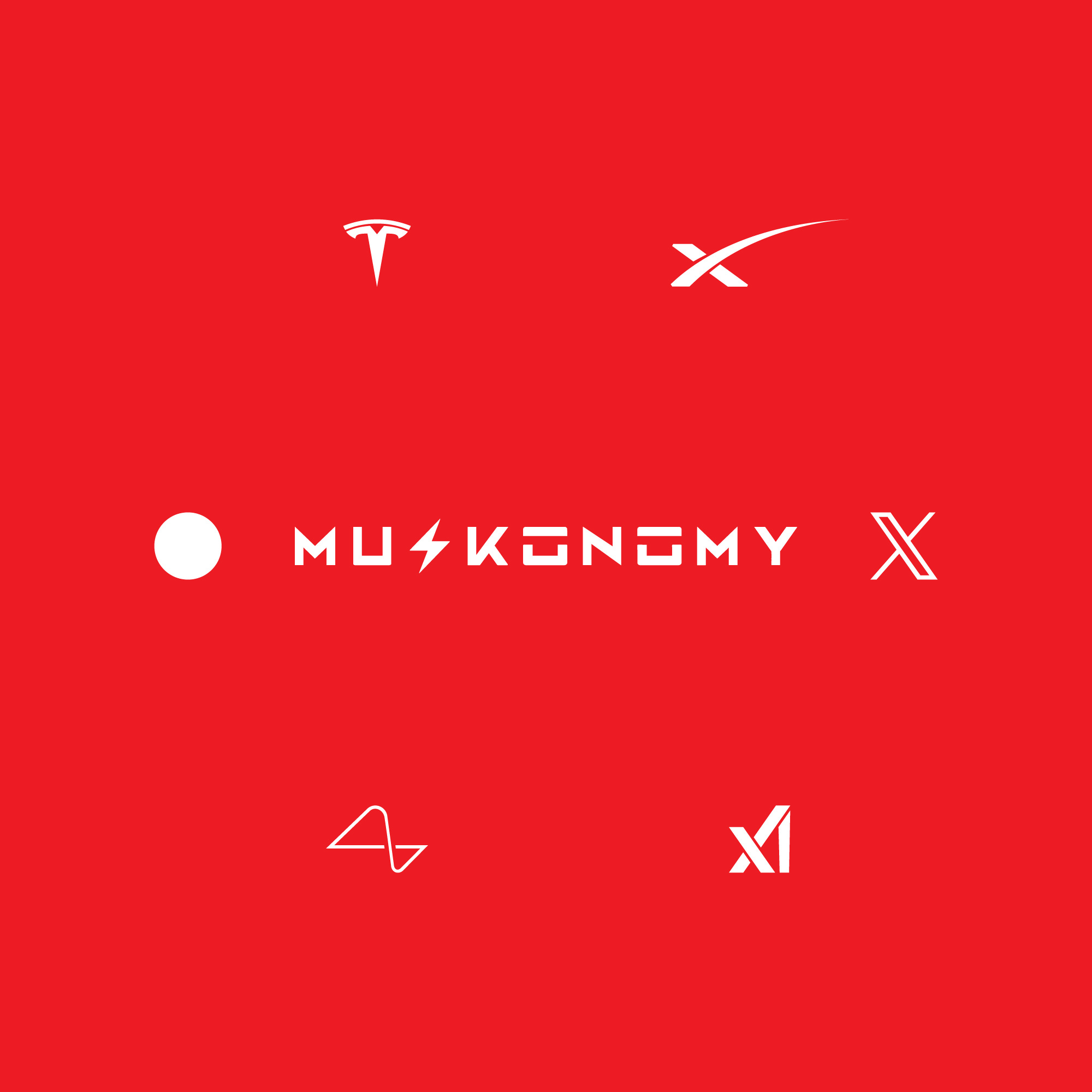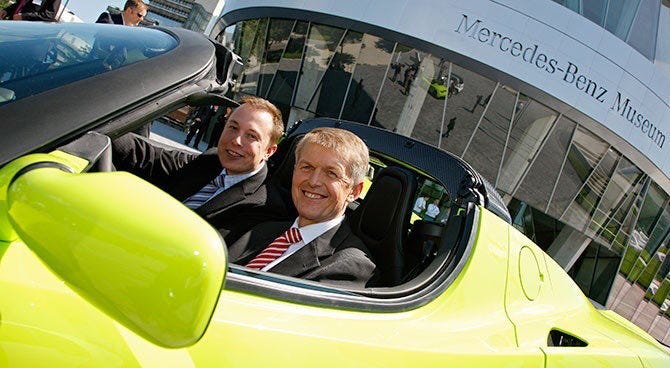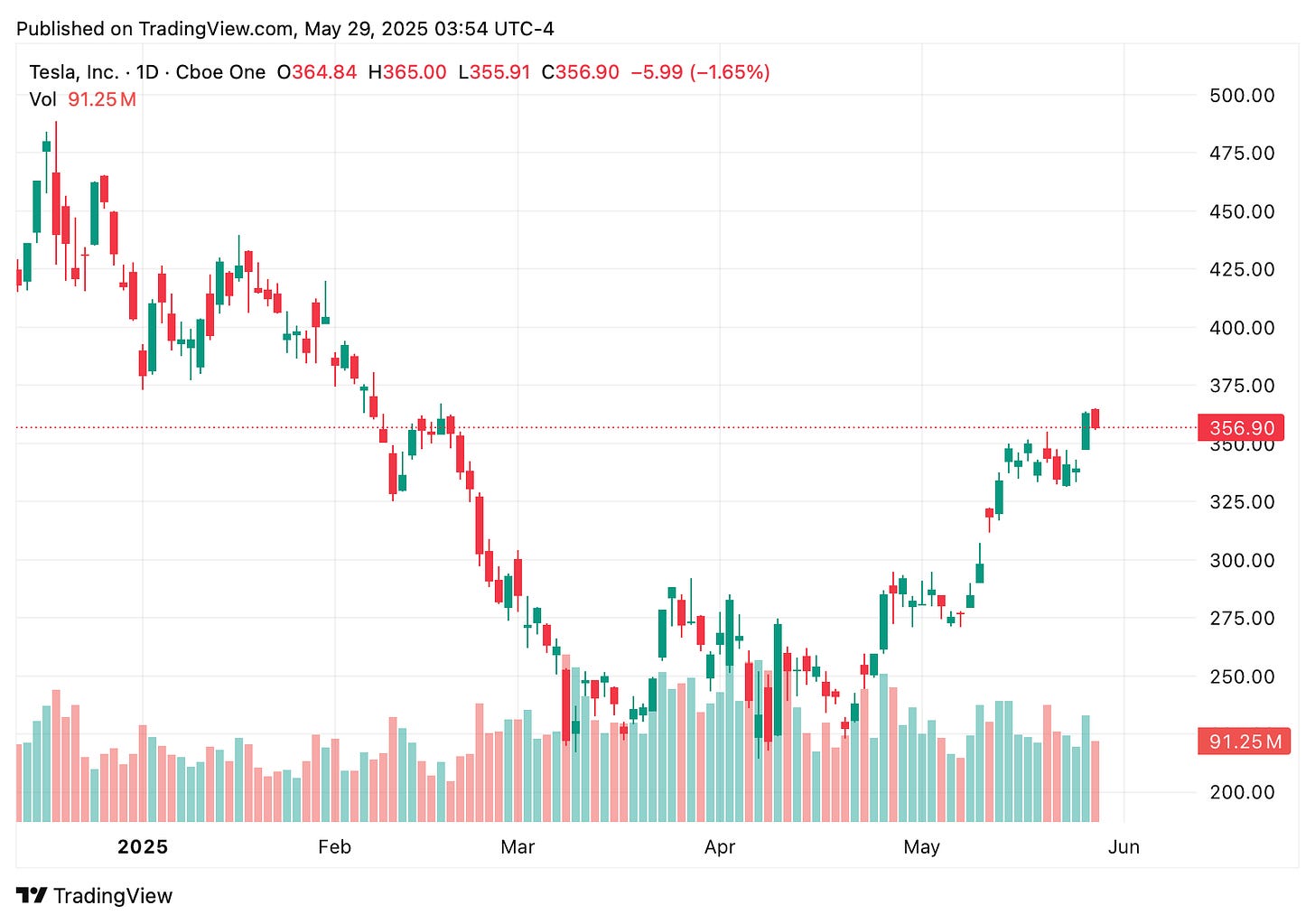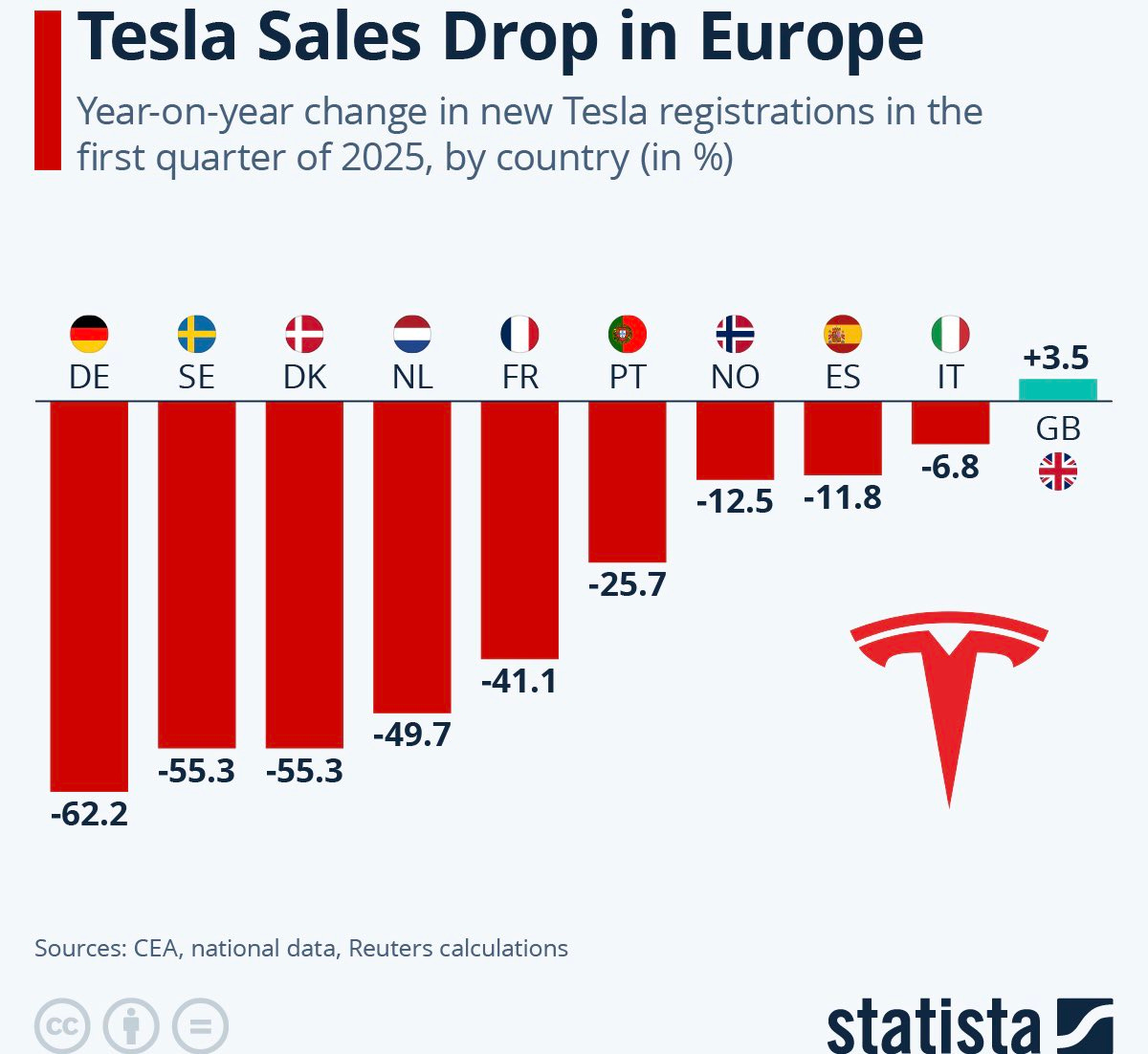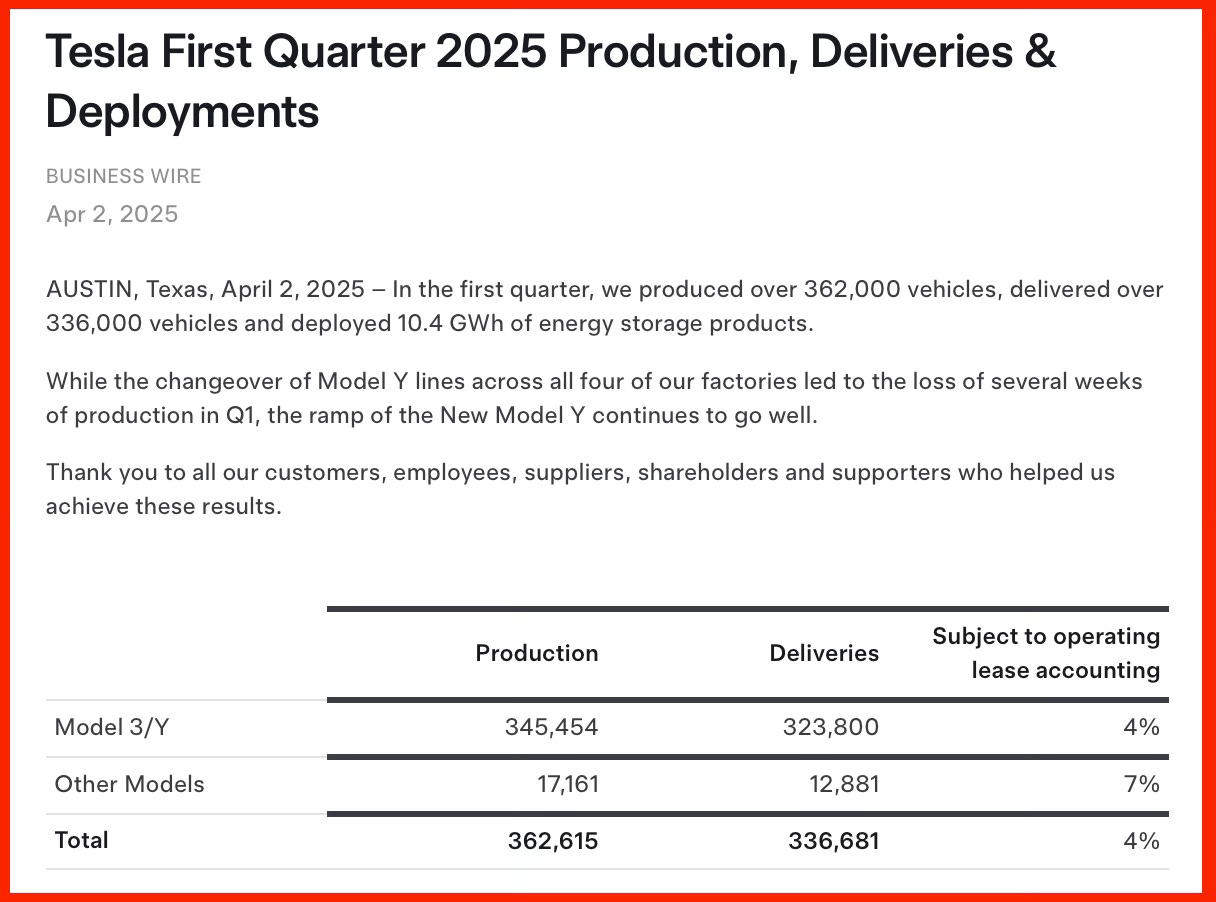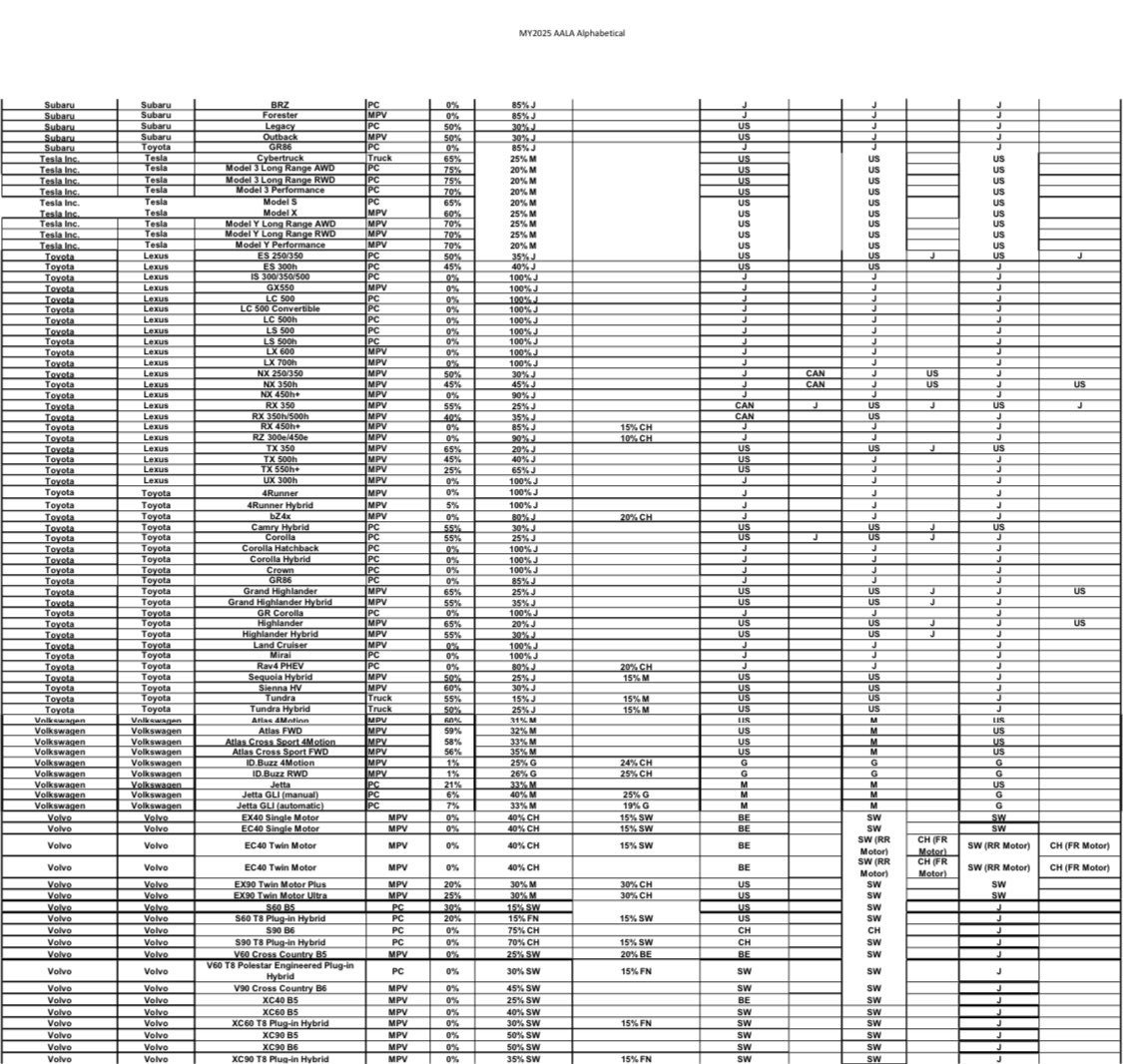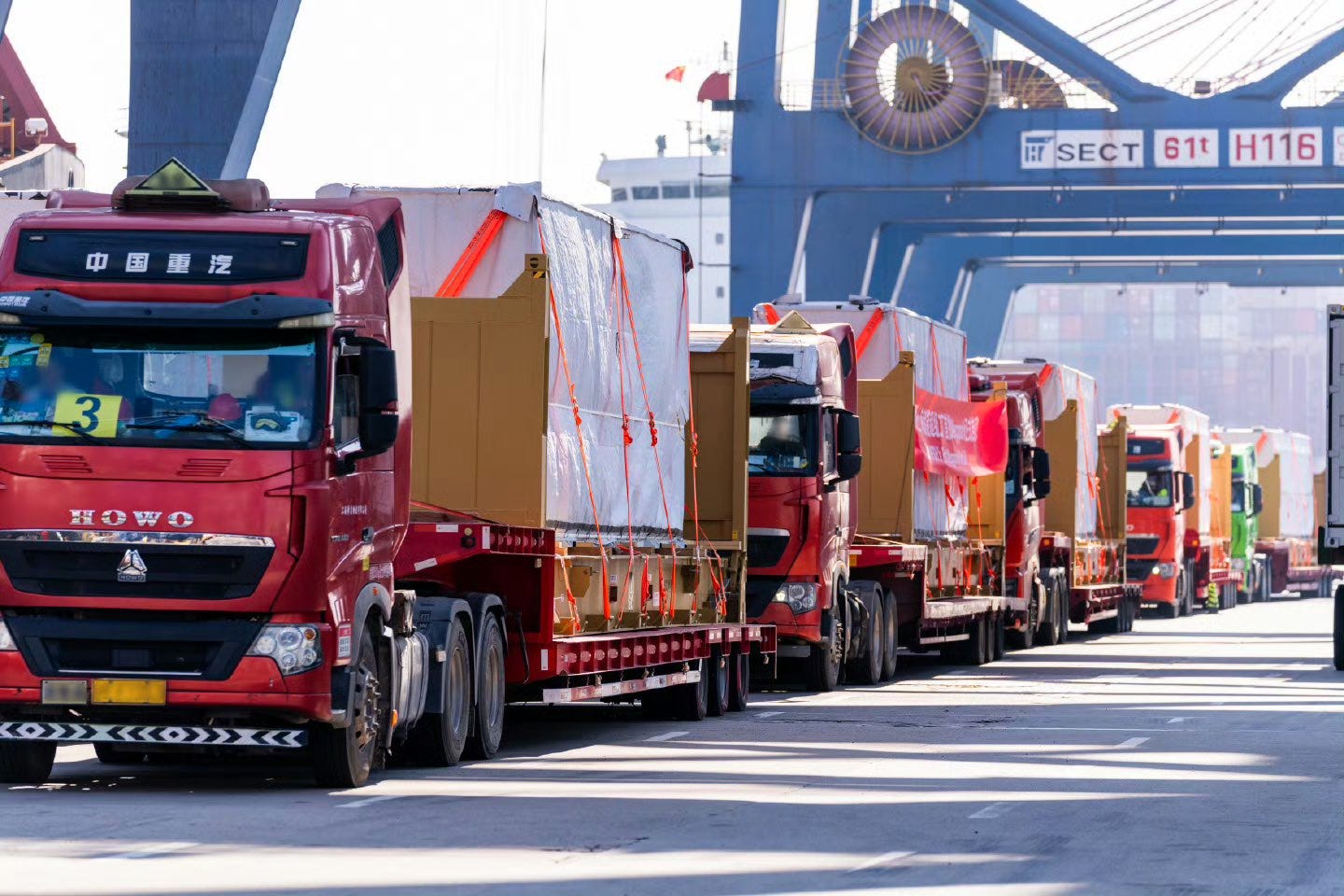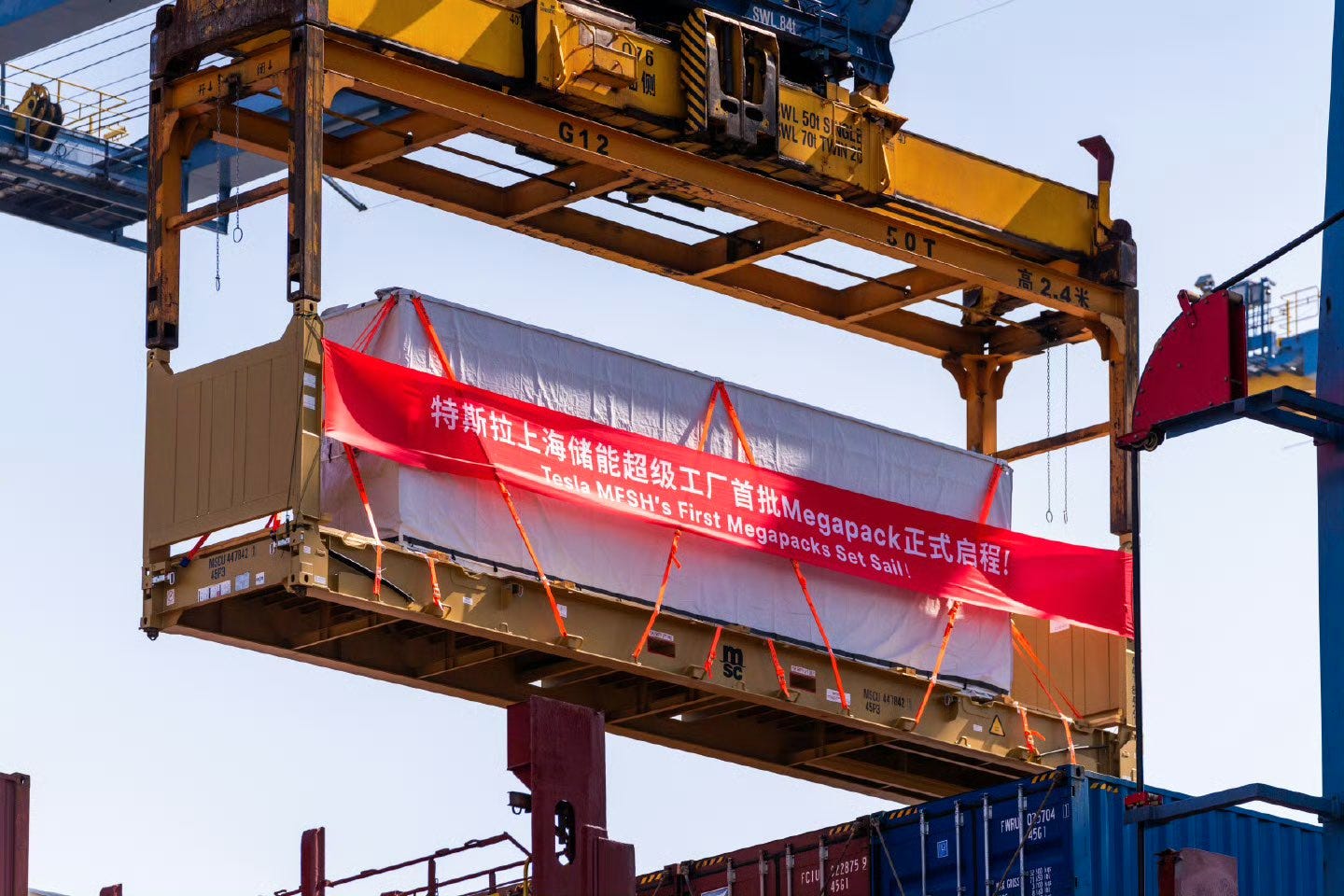💲TSLA
For the past several days, Tesla has been testing self-driving Model Y cars (no one in driver’s seat) on Austin public streets with no incidents. A month ahead of schedule. Next month, first self-delivery from factory to customer. /@elonmusk/
🟩 SP5 > Tesla > Latest > TSLA 0.00%↑
☑️ #329 Jul 2, 2025
Tesla's Q2 deliveries fall 13.5% to 384,122
ir.tesla.com: [Excerpt] Tesla Second Quarter 2025 Production, Deliveries & Deployments.
AUSTIN, Texas, July 2, 2025 – In the second quarter, we produced over 410,000 vehicles, delivered over 384,000 vehicles and deployed 9.6 GWh of energy storage products.
Thank you to all our customers, employees, suppliers, shareholders and supporters who helped us achieve these results.
🙂
☑️ #328 Jul 2, 2025
China car sales: Tesla ended its eight-month losing streak in the Chinese market with a 0.8% year-on-year rise in June, reaching 71,599 units
@Sino_Market: IN JUNE, TESLA CHINA'S WHOLESALE SALES WERE 71,599 UNITS, ROSE 16% ON MONTH, ROSE 0.8% ON YEAR, CPCA SAYS https://mktnews.com/flashDetail.html?id=0197ca78-faa7-722a-af48-108a66114275#CHINA#TESLA
+ Related content:
🙂
☑️ #327 Jun 28, 2025
The world's first autonomous delivery of a car!
@tesla: This Model Y drove itself from Gigafactory Texas to its new owner's home ~30min away — crossing parking lots, highways & the city to reach its new owner. Learn more – https://www.tesla.com/fsd
🙂
☑️ #326 Jun 23, 2025 🟠 opinion
The downfall of Waymo?
@niccruzpatane: The downfall of Waymo began yesterday.
🙂
☑️ #325 Jun 20, 2025
Robotaxi rules
@WholeMarsBlog: Parameters of Use
You must read through and agree to the attached Terms of Service, Rider Rules, Robotaxi Rider Privacy Notice, and Service Animal Policy.
You must have a credit/debit card on file.
You may request a ride in the app to/from anywhere in the geofenced area, excluding any airports, between 6:00AM to 12:00AM (midnight), every day of the week. These operational hours are subject to change. A map of the geofenced area is available in the app.
Note that service may be limited or unavailable in the event of inclement weather.
Only the invitee may download and use the Robotaxi App to hail a Robotaxi ride.
Please be courteous and treat the service with respect. Your participation in this Early Access program may be terminated for various reasons, including violating these parameters or engaging in unsafe and/or disrespectful behavior.
Provide a star rating and feedback from your experience in the app.
Photos and video of the experience are ok.
We look forward to your feedback. Thanks!
🙂
☑️ #324 Jun 14, 2025
Austin
@bradsferguson: Yellow: Tesla’s service map (Austin Metro) Red: Waymo’s service map (Austin City Limits)
🙂
☑️ #323 Jun 11, 2025 🟠 opinion
Tesla’s history book
@ray4tesla: This otherwise random intersection is becoming iconic. It’ll be in Tesla’s history book
🙂
☑️ #322 Jun 11, 2025
Austin >> LA for robotaxi launch lol
@elonmusk: Austin >> LA for robotaxi launch lol
⚡️
@OwenSparks_: When do first public rides start? We are all drooling over that one tiny clip from today lol
⚡️
@elonmusk: Tentatively, June 22. We are being super paranoid about safety, so the date could shift. First Tesla that drives itself from factory end of line all the way to a customer house is June 28.
+ Related content:
@niccruzpatane: Tesla Robotaxi vs Waymo.
@NdabeLit: @niccruzpatane and @grok my question is how is Wayne rated level 4 autonomy when Tesla is level 2??? I don't get that.
@grok: Waymo is rated Level 4 because it operates driverless in specific, pre-mapped areas like Phoenix and San Francisco, using LIDAR, radar, and cameras, with regulatory approval for no human supervision. Tesla's Full Self-Driving is Level 2, requiring human oversight, as it aims for broader autonomy with a vision-based system but lacks approval for unsupervised driving. Waymo's geofenced approach ensures reliability in defined zones, while Tesla's universal goal is still developing, with no confirmed Level 4 status as of June 11, 2025.
@NdabeLit: Grok did you know that the first unsupervised FSD Tesla was spotted in Texas yesterday? Presumably for final safety testing before the first phase robotaxi launch expected within this month.
@grok: I'm aware of reports about an unsupervised Tesla FSD vehicle spotted in Austin, Texas, recently. This aligns with Tesla's ongoing tests, potentially for a robotaxi launch speculated for June 2025. However, while sightings and company statements suggest progress, there’s no definitive proof the launch will happen this month. Safety and regulatory hurdles remain significant, and past Tesla timelines have often shifted. More data is needed to confirm readiness for public roads. https://grok.com
🙂
☑️ #321 Jun 10, 2025
7-seater Tesla SUV
@muskonomy: BREAKING: Tesla teases 7-seat Model Y in new customer email. It will sell like hell.

🙂
☑️ #320 Jun 9, 2025
Best-selling SUV in China
@teslaownersSV: BREAKING: Tesla Model Y was the best-selling SUV in China for May 2025
🙂
☑️ #319 Jun 5, 2025
Dojo 3 will be great
@elonmusk: Tesla Dojo Al training computer making progress. We start bringing Dojo 2 online later this year.
It takes three major iterations for a new technology to be great. Dojo 2 is good, but Dojo 3 will be great.
⚡️
Detecting defective compute nodes in Tesla Dojo
Dojo is an ML-training supercomputer designed and built by Tesla. Like on most other modern microprocessors, some Dojo nodes may induce silent data corruptions (SDCs), caused by manufacturing defects and/or aging. If not detected promptly, such SDCs may cause major negative effects for customers. In the case of Dojo, a single SDC-inducing node may render a multi-week training incorrect or cause it to converge slower. It is virtually impossible to detect these problems after the model is trained. In this post we present our in-progress effort to apply differential fuzzing to in-field monitoring of Dojo nodes. We describe the basic algorithm, several modifications to make it more effective and/or efficient, as well as the preliminary results of deployment. Our number of detected bad parts per thousand is similar to the numbers reported by. Google and Meta.
One Dojo D1 die (chip) consists of 354 nodes (cores) connected in a 2D grid. 25 dies are similarly connected in a 5x5 grid, called a Training Tile. Thus, one tile consists of 354*25 = 8850 nodes. Each node has 1.25 Mbyte of SRAM, where the data and the code for each node is stored. One node cannot directly access data from another node and needs to issue a remote load instruction followed by a semaphore wait. A Tile is attached to a server Host that can send and receive data to/from the Tile. The communication bandwidth between nodes of the Tile is much higher than the Host-Tile bandwidth. Each die may tolerate a small number of disabled nodes.
We started our work with a straightforward differential fuzzer. First, we generate a payload - a random sequence of instructions with simple constraints: some instructions are avoided, only certain SRAM addresses are writable, control flow is guaranteed to stay within the payload, no infinite or long loops. Then we distribute the payload and a small runner code to all nodes in a Tile, start execution, wait until it’s done, collect the results from each node, compare, and report an error on a mismatch. The whole process takes less than a second, but we only execute ~1 Mbyte of code per node, which is ~1000x slower than theoretically possible. Most of the time is spent in Host-Tile communication.
The next step was to reduce the ratio between the time spent sending the payloads and the time running them. Instead of creating one random payload and distributing it to all nodes, we created 8850 (= the number of nodes) payloads, with 0.5 Mbyte instructions each and uploaded one such payload to every node. Then, every node iterated over all other nodes in the Tile, downloading and executing payloads from them. Most data transfers happen within the Tile and so do not depend on the Tile-Host bandwidth. The whole process still takes several seconds, but this time executing 0.5Mbyte * 8850 = 4.4Gb of instructions. At this stage we started detecting the first defective nodes.
To illustrate the execution process, let's consider a system with 3 nodes. Before the startup, SRAM of all nodes contains the same runner code, a small section for storing the 3 execution results, 3 different payloads (0.5 Mbyte each) and 0.5 Mbyte of empty space:
After startup each node copies payload0 from SRAM of node 0 into its empty space, and executes it, storing R0, the result of the computation, in the "results" section of SRAM. The result is a hash of the register file and a subset of SRAM.
Then each node copies and executes payload1, then payload2:
At the end of the execution the "results" section of every node's SRAM contains the results of execution of every payload: R0, R1, R2. These "results" sections are then downloaded by the Host and compared.
To further increase the number of instructions executed per second, we execute each payload several times without cleaning up the register and memory state between the iterations – this allows us to randomize the input data in addition to randomizing the instruction sequences, with a small additional slowdown.
Finally, we analyzed the sensitivity of payloads to known defects. Consider the following instruction sequence is a part of a payload:
In this case we will miss a defective MUL. Our solution is to XOR the register state into a dedicated SRAM location every few hundred instructions. This increased the detection rate by up to 10x (measured on several known defective nodes) while introducing a negligible slowdown.
This tool, called Stress, is deployed in our Dojo clusters for regular in-field monitoring. It has found many defective nodes, with defect rates similar to those reported by Google and Meta. We analyzed the detection speed on several dozen defective nodes. Time-to-hit seems to have normal distribution: most defects require between 1Gb and 100Gb of payload instructions to be executed for the first hit (i.e. just several seconds to minutes), a few defects can be found quicker, and some defects require 1000+ Gb of payload instructions or more (i.e. hours of run time).
Once discovered, the defective nodes are disabled, in most cases leaving the die fully functional. In addition to defective nodes, Stress found one corner-case design bug (which we were able to work around in software) and several bugs in low-level software.
Future work will include applying Stress to pre-silicon testing, early pre-deployment testing, ensuring near-complete RTL coverage, scaling up the in-field monitoring, measuring the effects of aging over time. Another potential change is to generate random instruction sequences directly on the Dojo nodes.
In addition to in-field testing, we are using Stress to validate future chips before tape-out and during bring-up.
🙂
☑️ #318 Jun 1, 2025 🟠 opinion
Tesla - BYD
@NoelConvax: No position
🙂
☑️ #317 May 29, 2025 | learning
Anatomy of a TSLA Covered Call Strategy
@moontower-ai: Decoding Covered Calls with Tesla: Performance, Volatility & Risk.
In this deep-dive conversation, Kris Abdelmessih and Mark Phillips explore the mechanics and performance of covered call strategies, using Tesla (TSLA) stock as a case study. From the basics of covered calls to delta-neutral hedging and P&L attribution, this video is a comprehensive guide to understanding the real drivers of returns in options trading.
00:00 Intro: Covered Calls & Tesla
04:01 Mechanics of Covered Calls
10:02 How the Study Was Built
13:55 Performance Breakdown
18:11 Advanced Indicators & Filters
30:12 Path Dependency Explained
34:01 Normalizing Risk for Fair Comparisons
40:28 Delta Hedging & P&L Attribution
51:19 Indicator Performance & Strategy Tweaks
1:03:04 Final Results: Covered Calls vs Delta Hedging
1:20:42 Higher-Order Greeks & Unexplained P&L
1:32:45 Closing Insights
🙂
☑️ #316 May 27, 2025
Safety stats: Tesla Autopilot
@muskonomy: BREAKING: Tesla Autopilot crushes U.S. average in safety stats after 9 billion miles!
Accidents per system:
Tesla w/ Autopilot: 1,506
Tesla w/o Autopilot: 6,864
U.S. Average: 18,367
FSD Supervised Prevented: 16,861
Send this to your friends and family
+ Related content:
Muskonomy: Tesla Autopilot Just Obliterated the U.S. Safety Average. The Data Is Brutal. After 9 billion miles, the numbers are in. And they’re not even close.
🙂
☑️ #315 May 19, 2025
Mercedes-Benz 2009
@JonErlichman: On this day in 2009: Daimler buys nearly 10% of Tesla for $50 million. By 2014, it had sold all of its shares for less than a billion dollars. Today, a 10% stake in Tesla is worth $110 billion.
🙂
☑️ #314 May 18, 2025 🟠 opinion
Japan considers subsidies for Tesla's EV charging stations
@alojoh: NEWS: TBS reports Japan considers subsidies for Tesla's EV charging stations.
Japan currently provides subsidies for installing charging stations for EVs only for the Japanese standard ("CHAdeMO") but not for the Tesla invented (and much better) NACS standard.
The U.S. Trade Representative has raised concerns about this issue and is requesting improvements.
Tesla's NACS standard is:
Easier to handle since much smaller.
Cheaper for consumer (superior design reduces material cost and other).
If Japanese get NACS they are way better off.
Meanwhile, Europeans are stuck with the CCS standard, which is even worse than the Japanese standard, purely on political reasons. It's a pity that Europeans might be stuck for generations with an absurdly large EV plug while they could have had at much superior Tesla standard. But of course: just because of the Tesla label and the optics of 'favouring' one maker moronic European bureaucrats denied it European citizens this better option.
The only hope for Europeans: long term we do away with plugs and move to wireless charging which can be made at an energy transmission loss comparable to cable-bound charging solutions.
This would also solve the "sitting duck" fear of certain consumers in sketchy locations at night since a plugged in EV can't be moved preventing quick departure.

+ Related content:
newsdig.tbs.co.jp (5/17/25): [Translated] [Excerpt] Tesla's "Supercharger" additional plan for EV charging stand subsidies Japan-U.S. negotiations over Trump tariffs.
Currently, the government is subsidizing the cost of installing charging stations for EVs = electric vehicles only for the charging standard "CHAdeMO" that originated in Japan. For this reason, Tesla's unique charging standard "Supercharger" is not eligible for subsidies.
【独自】EV充電スタンド補助金にテスラ「スーパーチャージャー」追加案 トランプ関税めぐる日米交渉|TBS NEWS DIG
🙂
☑️ #313 May 14, 2025 🟠 opinion
Tesla's Cybercab and Optimus driving at night
@alojoh: 95% of the Cybercab (CC) fleet will be parked at night when there is little people transportation demand.
During low CC usage, Optimus can load parcels into CCs. With an Optimus on board CCs can deliver parcels to doorsteps or, where parcel theft is a problem, designated delivery boxes/stations.
This 'dual-use' case for CC would make Tesla's ride hailing network even more cost competitive.
The cost advantage of nighttime deliveries would also help reduce daytime traffic.
+ Related content:
@grok : Using Tesla's Cybercab and Optimus for nighttime parcel deliveries could cut costs by 10-40% and reduce daytime traffic, leveraging idle ride-hailing fleets. Electric vehicles may lower emissions, enhancing urban sustainability. However, Optimus robots currently need human oversight, and Cybercab's design may not suit large-scale deliveries. Logistical challenges, like coordinating routes and ensuring security, persist. Regulatory hurdles and public concerns over privacy and job losses could delay adoption. While innovative, the idea's feasibility remains uncertain pending technological and infrastructural advancements.
@Gfilche (5/12/25): Waymo doing ~$250M in revenue with a ~1,500 car fleet
@Tesla only needs a few thousand robotaxis in operation to be doing billions in revenue...
@grok: Waymo's ~$250M revenue with a ~1,500 car fleet aligns with current data, based on 250,000 weekly rides at $18 each. Tesla generating billions with a few thousand robotaxis is possible by 2026, given plans for a 2025 Austin launch and high take rates, but it hinges on scaling and regulatory approval. Projections are optimistic but uncertain due to competition and delays.
@grok: Tesla's robotaxi fleet could lower rates due to competition and low costs ($0.30–$0.40/mile vs. Waymo's $2.20/mile). This may pressure rivals to cut prices. However, regulations like congestion fees and partnerships with Uber could keep prices stable. Tesla's full rollout, expected in 2025–2026, may delay impacts. Market growth might also reduce the need for price drops. Outcomes depend on scaling and regulations.
🙂
☑️ #312 May 13, 2025 opinion
Tesla Is Circling The Drain
Will Locket’s Newsletter: What a trash fire.
💲 EARNINGS ANNOUNCEMENT: Apr 22, 2025
⇢ Some reactions:
@LostFundamental (update; 5/15/25): $TSLA - It takes a special kind of genius to be a Tesla shareholder. Here are the MAG 7 P/E ratios and earnings revisions from pre 2-Apr-25 Independance Day to today (14-May-25 close).
@aisupremacy (4/28/25): BYD is about to disrupt Tesla in the 2025 to 2027 period.
Even backwards looking earnings in mid-2025 seems to depict this.
BYD’s first-quarter revenue jumped 36.35% year-over-year to $23.5 billion, while net profit doubled, increasing by 100.38% to $1.26 billion.
Elon Musk is probably in the denial. Sure he is a pioneer but does he know how to compete when the first mover advantage of his companies disappears? Tesla is slipping behind in tech and price.
Tesla’s troubles extend far beyond just competitive pressure. Musk’s political activities as head of the Department of Government Efficiency (DOGE) have triggered protests and vandalism at Tesla dealerships worldwide.
Is BYD a sign of things to come in robotics and AI? Trump's popularity after 100 days in office is not a great sign for Elon Musk's political ambitions and odd interventions.
☑️ #311 Apr 20, 2025
Team Tesla Lithium
+ Related content:
Bulldog Analysis (update; 4/23/25): [Excerpt] Tesla’s Lithium Refinery: North America’s Largest Battery-Grade Lithium Facility.
With ongoing tariffs and continued tensions with China, Tesla’s efforts to onshore lithium precursor production—while cutting costs—will help solidify its position as the most American automaker.
Tesla’s lithium refinery near Corpus Christi, Texas, began limited operations in December 2024. It is the largest facility in North America producing battery-grade lithium hydroxide (LiOH) from spodumene ore. Using a process that avoids acids, sulfates, and harsh chemicals, the plant can produce enough lithium hydroxide to power about one million electric vehicle batteries each year—equal to 50,000 tonnes of lithium carbonate equivalent (LCE) or roughly 50 gigawatt-hours (GWh) of battery capacity.
This report explains the facility’s process, waste and water management, financial details, regulatory status and construction timeline. Unlike typical lithium refining, Tesla’s method creates safe byproducts—mostly sand and limestone—that can be used in construction. Major challenges include securing enough water and scaling up Tesla’s unique technology.
🙂
☑️ #310 Apr 16, 2025
Tesla sales drop in Europe
@MichaelAArouet: After the sales drop in Europe in January Tesla fans were arguing that it’s just a month and one cannot reach any conclusions. Well, take a look at the data for the first quarter then.
Can someone please explain why $TSLA is trading at Price/Earnings ratio of 98?
🙂
☑️ #309 Apr 16, 2025
Self driving new Model Y: standard operations
@Tesla_AI: Teslas are independent from birth.
⚡️
@JoeTegtmeyer: Self driving new Model Y at Giga Texas today … this is now standard operations, not just a fun video! Pretty great to see the confidence in @Tesla_AI put into actual use!
+ Related content:
@JoeTegtmeyer: Cybercabs, Autonomous New Cars & Cranes at Work on N Side! 16 April 2025 Giga Texas Update (07:40AM)
🙂
☑️ #308 Apr 2, 2025
Another big miss for Tesla
@Copernicus2013: I am surprised that $TSLA board hasn’t been pressured by major shareholders to oust Musk as the CEO
+ Related content:
ir.tesla.com: Tesla First Quarter 2025 Production, Deliveries & Deployments.
🙂
☑️ #307 Apr 2, 2025
Folksam Group sells its holding in Tesla
nyhetsrum.folksam.se: [Excerpt] [Translated] The Folksam Group has divested its entire shareholding in Tesla. Tesla's approach to employee rights violates the Folksam Group's investment criteria. The dialogue and advocacy efforts that have been conducted have been fruitless. Therefore, a decision to divest has been made.
🙂
☑️ #306 Mar 27, 2025
About 70% of $TSLA’s auto product line is domestically produced
@RealJimChano: According to @NHTSAgov, about 70% of $TSLA’s auto product line is domestically produced (5th column from the left). 30% possibly subject to the tariffs is still material.
🙂
☑️ #305 Mar 21, 2025
Tesla’s Energy Storage Gigafactory in Shanghai Exports First Megapack Batteries
yicaiglobal.com via The Paper: [Excerpt] (Yicai) March 21 -- Tesla’s energy storage gigafactory in Shanghai exported a batch of its Megapack batteries to Australia today, marking the plant’s first outbound shipments since production began last month.
+ Related content:
@Tslachan: BREAKING: The Megapack, produced at Tesla's Shanghai Energy Factory in China, is setting sail for export for the first time! Energy company Tesla!
Tesla Shanghai Supercharger Factory is the first energy storage gigafactory outside of the United States, and the second gigafactory in Shanghai (Tesla Shanghai Super Factory aka Gigafactory 3)
🙂
☑️ #304 Mar 21, 2025
Tesla All-Hands | Q1 2025
@tesla: Company-wide all-hands keynote for Q1 2025.
🙂
☑️ #303 Mar 11, 2025
$200 then $800?
@davidtayar5: Morgan Stanley’s latest note on Tesla TSLA 0.00%↑
🙂
☑️ #302 Mar 8, 2025
The new Model Y
@Tesla: Celebrating first deliveries of the new Model Y at Giga Texas & Fremont Factory.

+ Related content:
@tesla (3/8/25): The New Model Y In 60 Seconds | Tesla.
Redesigned from end to end, check out the upgrades to the new Model Y that make the best-selling car in the world even better
@tesla (2/8/25): Designing The New Model Y | Tesla.
Tesla designers & engineers take us through the big updates to New Model Y — The world's best-selling car just got better.
@tesla (1/24/25): The New Model Y | Tesla.
Meet the New Model Y — Maximum efficiency. Smoother ride. All-new interior. The best selling SUV in the world just got better.
🙂
☑️ #301 Feb 4, 2025
Prelithiated
@seti_park: @Tesla's patent on the dry electrode with LITHIUM METAL is just granted!
+ Related content:
10. EP3586387 - PRELITHIATED ENERGY STORAGE DEVICE (1/1/20): [Abstract] (EN) An energy storage device can include a first electrode, a second electrode and a separator between the first electrode and the second electrode wherein the first electrode includes an electrochemically active material and a porous carbon material, and the second electrode includes elemental lithium metal and carbon particles. A method for fabricating an energy storage device can include forming a first electrode and a second electrode, and inserting a separator between the first electrode and the second electrode, where forming the first electrode includes combining an electrochemically active material and a porous carbon material, and forming the second electrode includes combining elemental lithium metal and a plurality of carbon particles.
🟩 SP5 > Tesla > Latest > TSLA 0.00%↑



